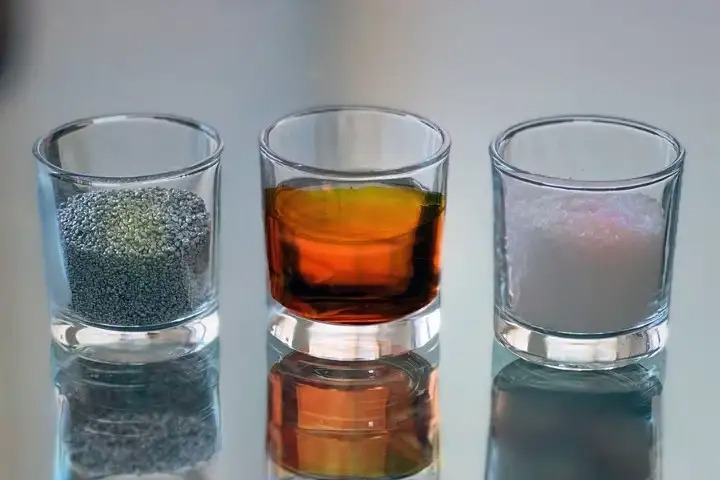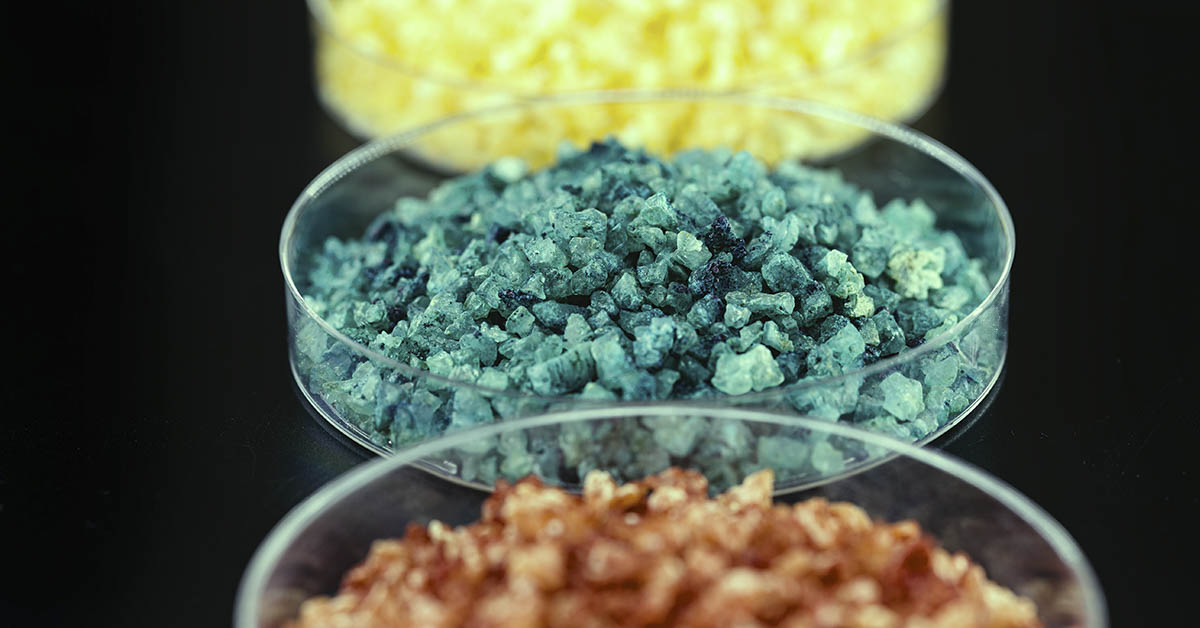One of the most common fears that critics have is that they believe we don’t have enough materials to electrify things around us. Many think that we will be running out of nickel, lithium, and cobalt, but as it turns out, humans are quite adept at making do with things at their disposal. The latest research at MIT has reported the creation of cheap batteries. These affordable batteries are supposed to be cost-effective and made out of common materials packed tightly in high energy density at a fraction of the expenses required to make batteries based on lithium. [1]
Cheap Batteries Vs. Lithium-Ion Batteries- Aiming For The Future?
One of the lead researchers behind this creation, MIT Professor Donald Sadoway, went on to state, “I wanted to invent something that was better, much better, than lithium-ion batteries for small-scale stationery storage and ultimately for automotive uses.” A big issue with batteries made with lithium-ion is that the materials are expensive and they have flammable electrolytes and a penchant for catching fire. If one were to charge the batteries too fast, spiky dendrites would form and then short the battery out. While looking for materials that are cheap, he came across aluminum for an electrode, which he called “the most abundant metal on Earth… no different from the foil at the supermarket.” He also went ahead and picked up some sulfur for another electrode.
It goes without saying that the future ahead of us will be powered entirely by batteries. All next-gen and planet-saving technology, like electric vehicles and solar power, require huge batteries to operate efficiently. The problem that crops up is that the current batteries aren’t able to do the job properly- considering how the modern adaptations of electricity are getting popular by the day.
The only substitution that is currently mainstream involves lithium, which has its own set of problems. In such a situation, creating a cheap battery by MIT is desirable. According to Will Locket, “Every part of this battery uses different materials from anything currently available. Its electrodes are made from aluminum and pure sulfur rather than the complex metals and graphite electrodes of lithium-ion batteries.”
Read: The Biggest Reason People aren’t Buying Electric Cars

The Cheap Batteries Have A Whole Host of Advantages
Raw materials like sulfur and aluminum make these batteries cheaper and more affordable. This issues two distinct advantages as the battery not only has the potential to be six times cheaper than a lithium battery, but it would also end up having a far smaller carbon footprint. Needless to say, it would be great for both the planet, as well as our wallets. If you think this could readily affect the battery’s performance, think again!
The tests on the batteries showed that they could be charged in under a minute. The only catch is that the cheap batteries would need to be at a temperature of 110 degrees Celsius to reach that speed, as they will be charging 25 times slower at a temperature of 25 degrees. This is because the salt, which has an extremely low melting point, would be at an optimum state at 110 degrees, allowing it to carry a charge quite quickly. The advantage of this is that the battery is self-heating when it charges and discharges the created heat, so unlike lithium-ion, no external heating is needed to condition the cheap batteries.
The high temperature needed by these batteries can raise eyebrows, but it is important not to forget that these materials don’t catch fire as easily as lithium-ion batteries. The latter catches fire at just 130 degrees Celsius, but aluminum or sulfur doesn’t. This makes the materials far safer, implying that heating them to that temperature will not pose any risk to the materials themselves.
The Materials Are Readily Available- But It Might Take Some Time To Reach The Mainstream Market
One of the main reasons behind finding out different forms of batteries was to see if any of them would have a long life. As it turns out, these cheap batteries will be able to do that job. Locket writes, “Anyone who owns an iPhone will tell you that lithium-ion batteries don’t last long. This is because, during charging, metal is deposited onto the electrode and forms a dendrite. This spike of metal will keep growing until it reaches the other end of the battery, where it touches the other electrode and ends up completely fusing the battery which then renders it useless.” [2]
For the new batteries, though, the molten salt involved in the materials slows this deposition down. This, therefore, helps the battery last a lot longer. The batteries are also supposed to be incredibly dense. Lithium-ion batteries are the densest, with a volume of 270 Wh/Kg. Impressively, these new batteries smash this with a record volume of 1392 Wh/Kg. This makes them around 5 times more energy dense. Putting this into context, if Tesla were to use the new batteries in their Model 3, the entire system would weigh just 96 kg as opposed to 480 kg! [3]
Before you go dreaming about purchasing an extremely cheap electric vehicle, you must realize that newer, more efficient, cheap batteries are still developing. It might take years and even decades before the technology reaches the market and is utilized properly. Although the researchers have established a start-up to spread the knowledge around, some issues still need to be fixed first. And then, we will take a trip down our cheap and reliable electric vehicle- maybe a few decades later.
Keep Reading: Researchers use crab shells to create new biodegradable batteries with 99.7% efficiency
Sources
- “Scientists Develop Cheap Batteries From Earth-Abundant Materials.” Tree Hugger. Lloyd Alter. September 7, 2022.
- “MIT’s New Battery Will Change The World.” Medium. Will Lockett. August 28.
- “A new concept for low-cost batteries.” MIT. David L. Chandler. August 24, 2022.

